1、 Curing method
1. Temperature: Peacock wood likes a warm environment. The normal temperature suitable for its growth is between 18 and 28 degrees. Its cold resistance is not high. It can't be too cold in winter, otherwise the plant will freeze to death, and the temperature in summer can't be extreme
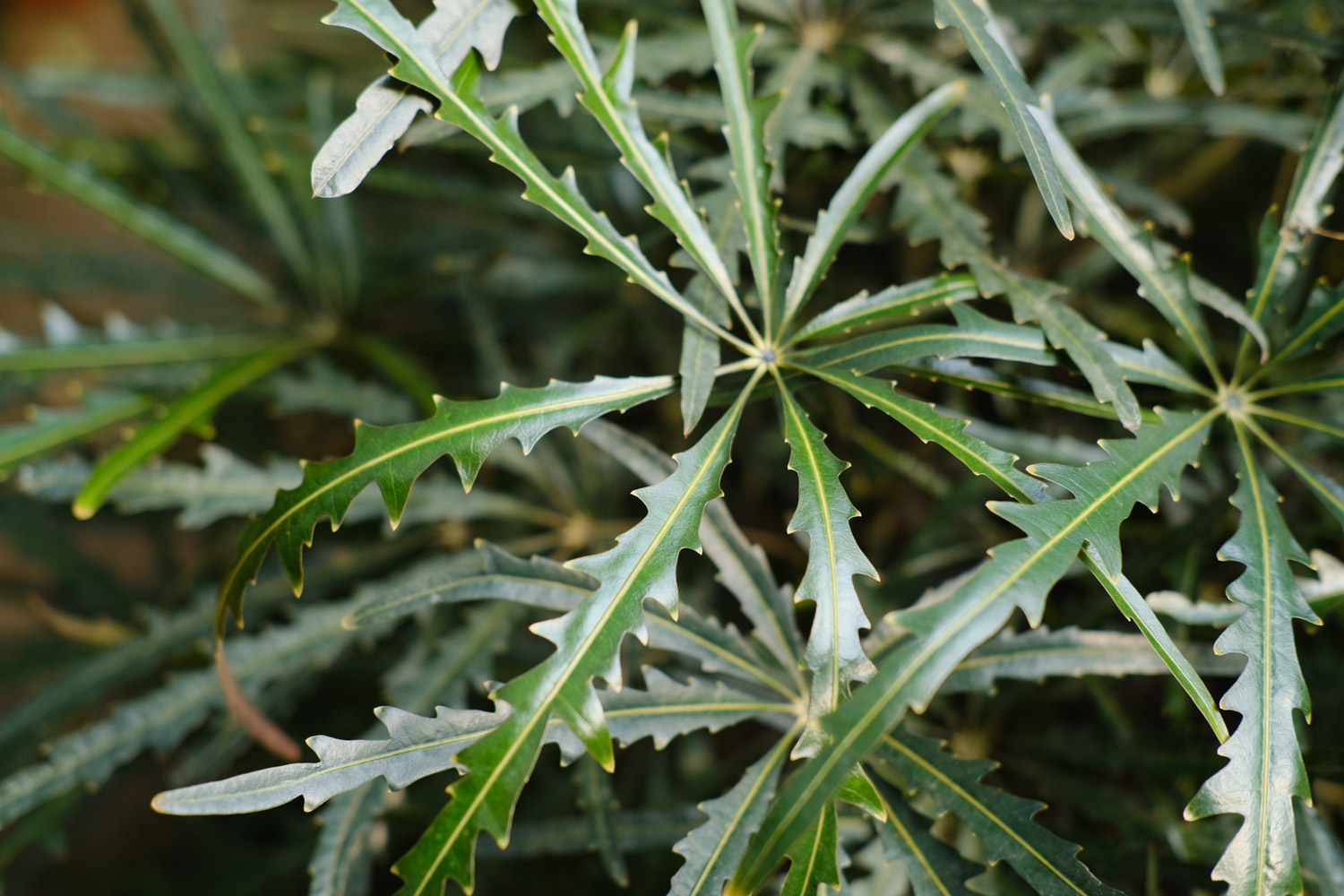
2. Watering: Peacock wood is very strict in watering and cannot be watered indiscriminately. During its growth, it needs to increase the amount of watering to ensure that its growth is not affected, but there can be no ponding. At the same time, the humidity of the air should also meet the standard, otherwise its branches and leaves will become curly and its growth state will not be very good. In winter, it can be watered less. If it is dry, it can be watered again, and the air in winter can not be too dry
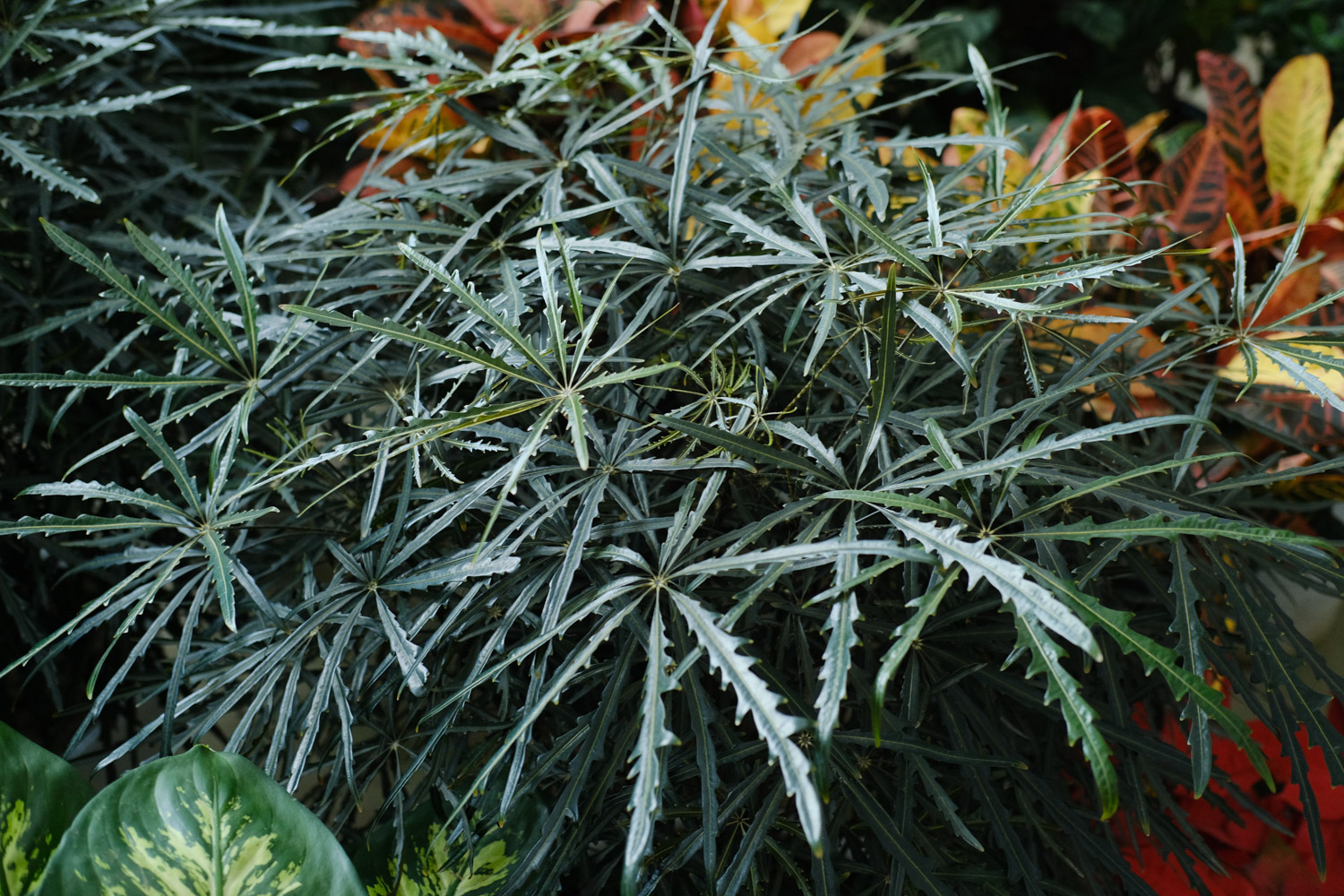
3. Light: the warm sunshine is suitable for its growth. Just accept the scattered sunshine. It cannot be illuminated by the strong light in summer. Otherwise, its growth will not be good, and its color will be affected to a certain extent

4. Fertilization: Peacock wood needs to keep the soil fertile in the growth process and apply sufficient fertilizer, mainly compound fertilizer. If the ambient temperature is 10 degrees, fertilization should be stopped, and it should also be stopped if it is higher than 30 degrees. The amount of fertilizer should not be too much each time. Pay attention to thin fertilizer and apply it frequently, not too much
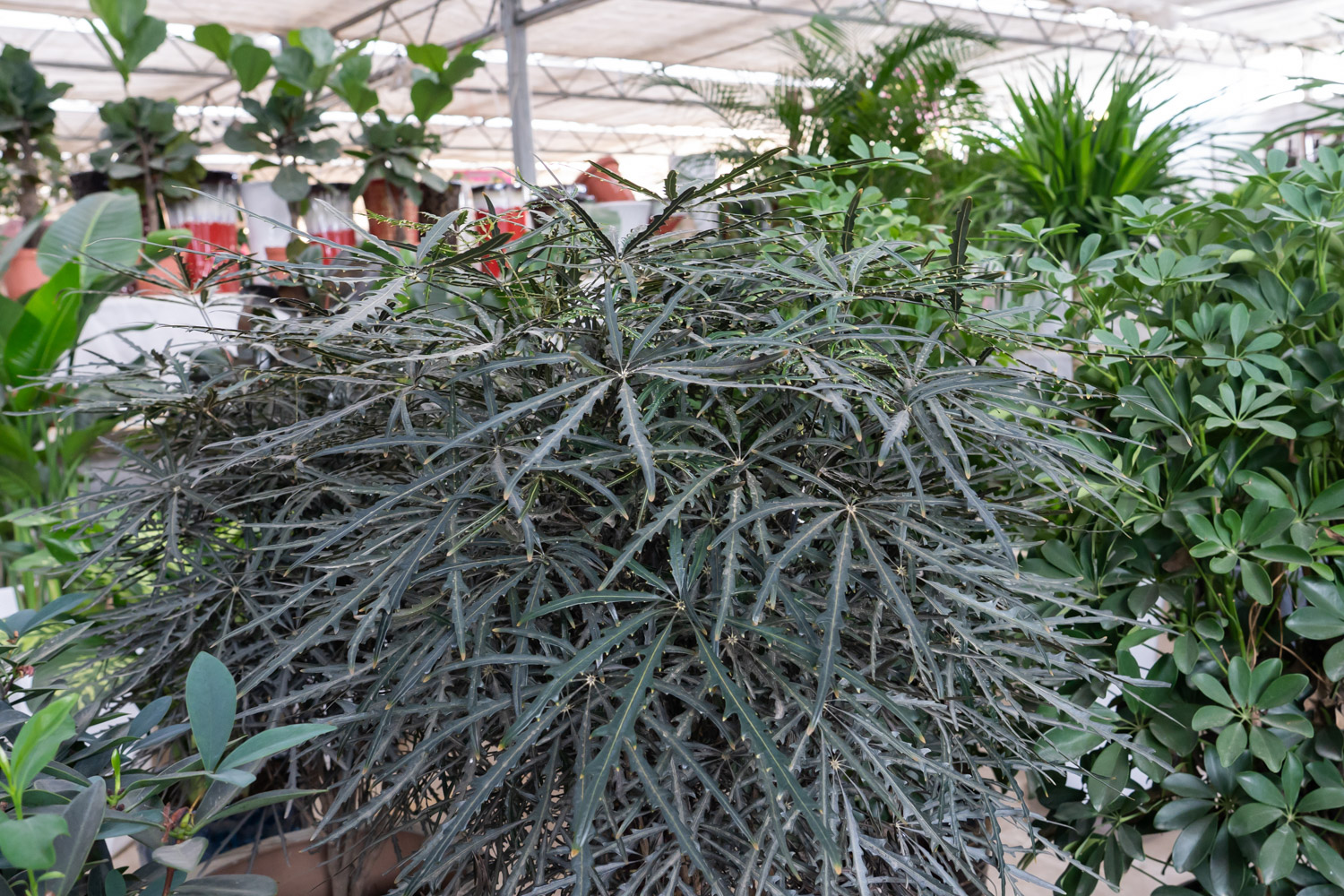
2、 Breeding skills
1. Propagation: cutting and layering are the main methods. Cutting is carried out in June every year. Select about 10cm cuttings. The temperature after cutting should also be kept at about 20 degrees. At the same time, the soil should also be kept moist. If the layering is suitable for April, you need to choose slender branches for layering
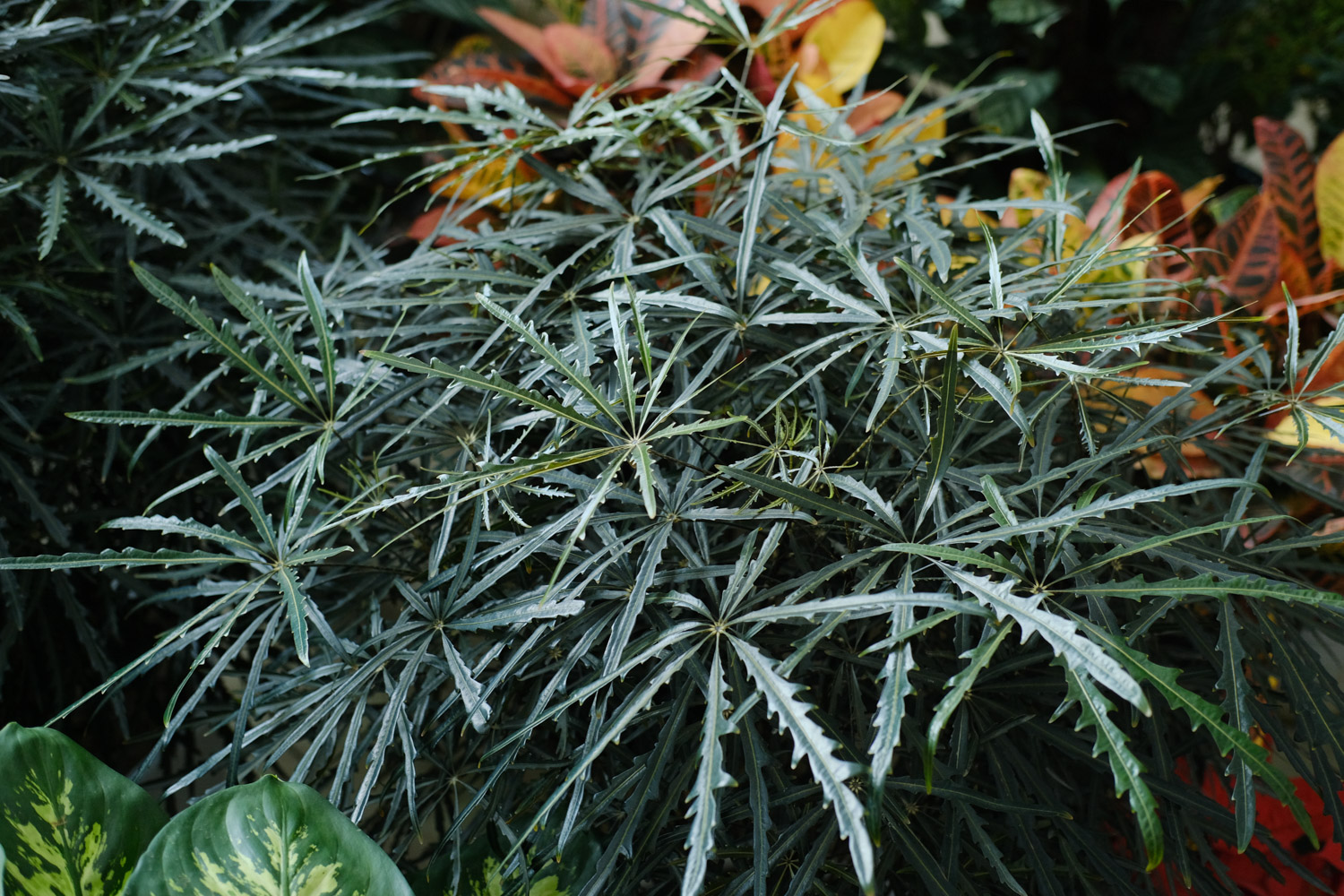
2. Pruning: during the growth period, some branches of peacock wood may become diseased, or there may be old branches, so it needs to be pruned in time. On the one hand, it can control the plant type, on the other hand, it can also promote the growth of new branches

3、 Diagnosis and treatment problems
1. Disease: anthrax will occur. If it is serious, it will make the branches and leaves of the plant die together. Some pesticides can be sprayed to control it
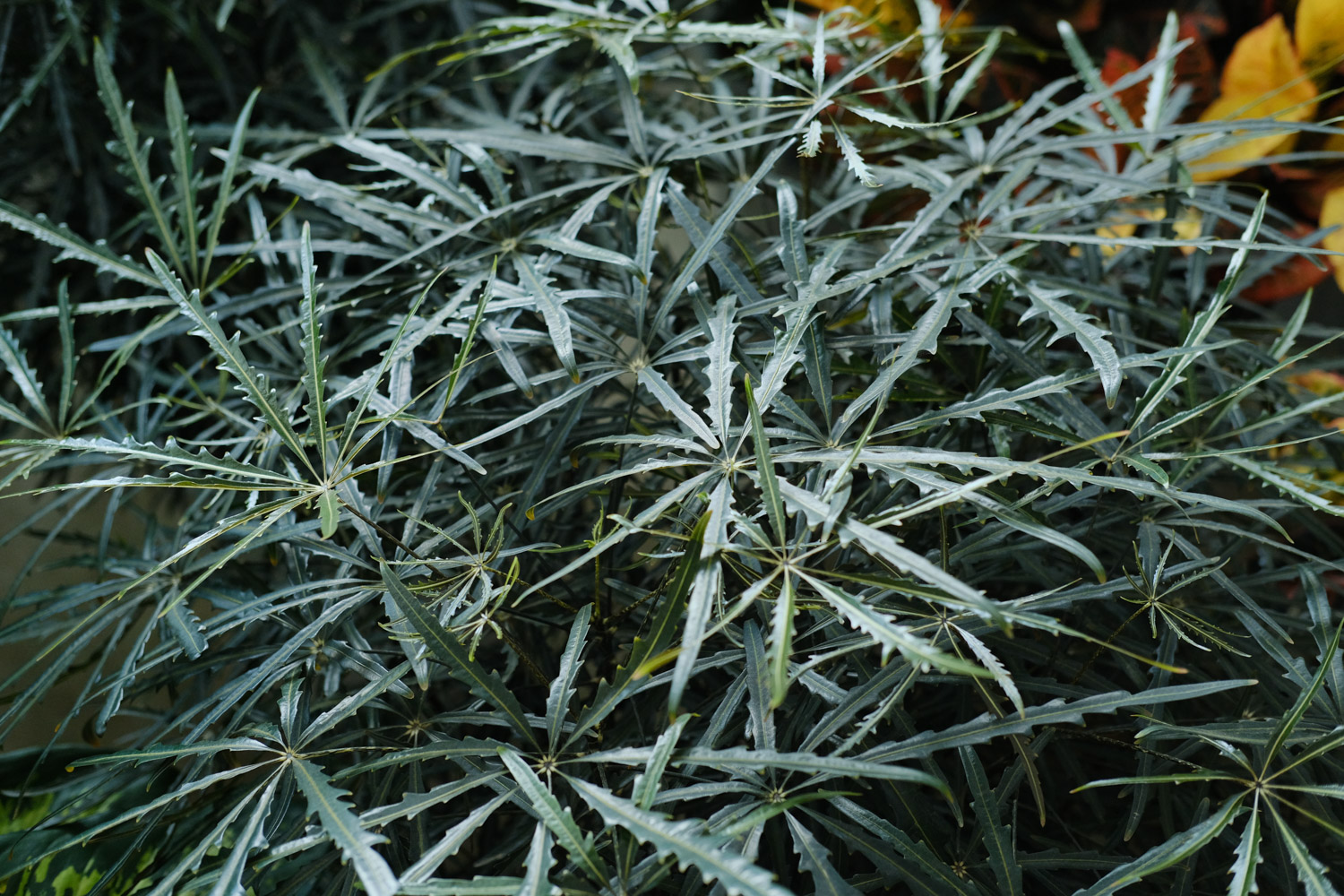
2. Insect pests: scale insects will attach to the back of leaves and can be sprayed with trichlorfon solution
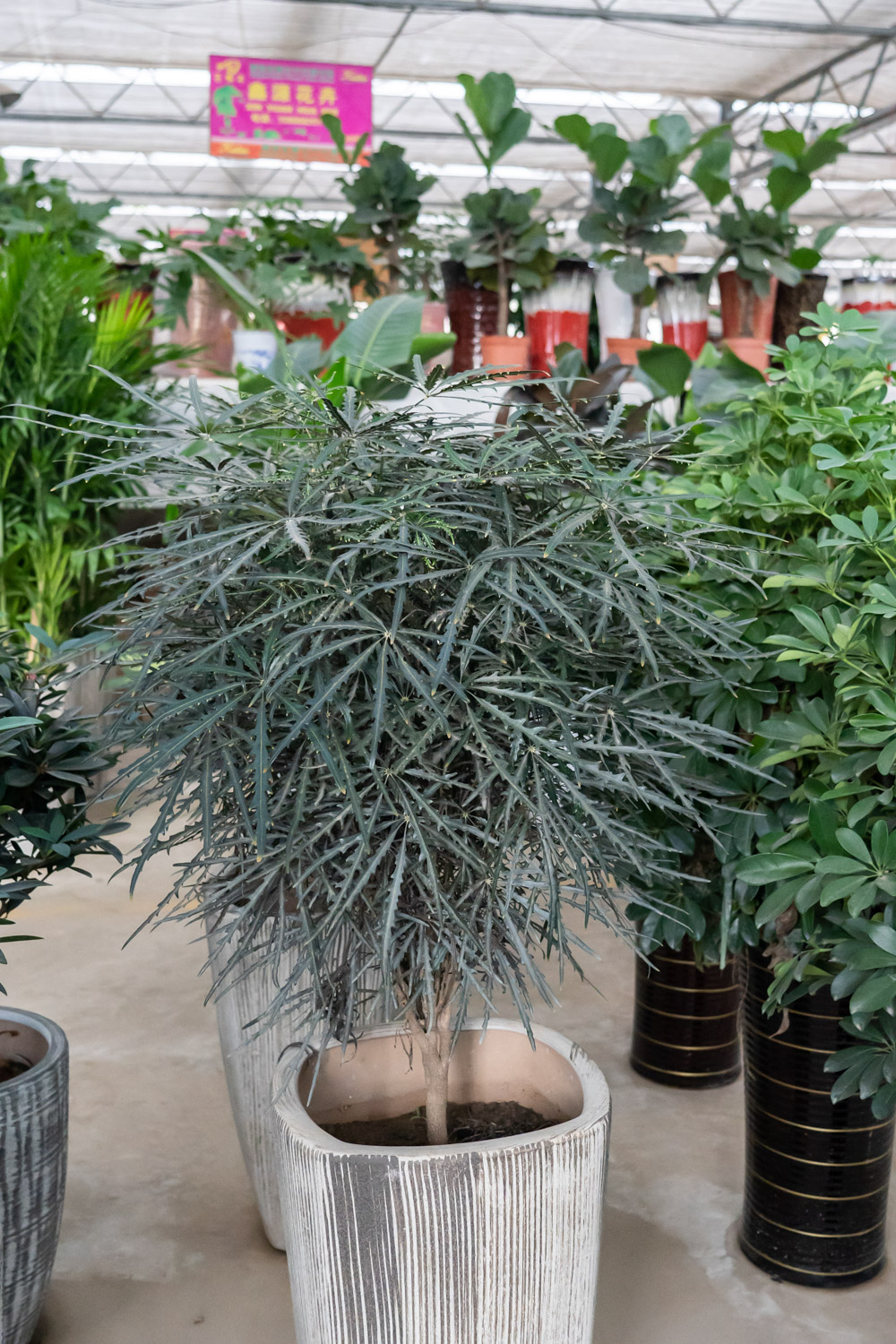
4、 Other issues
1. Toxicity: there is no poison, it has good medicinal value, and it is very practical wood
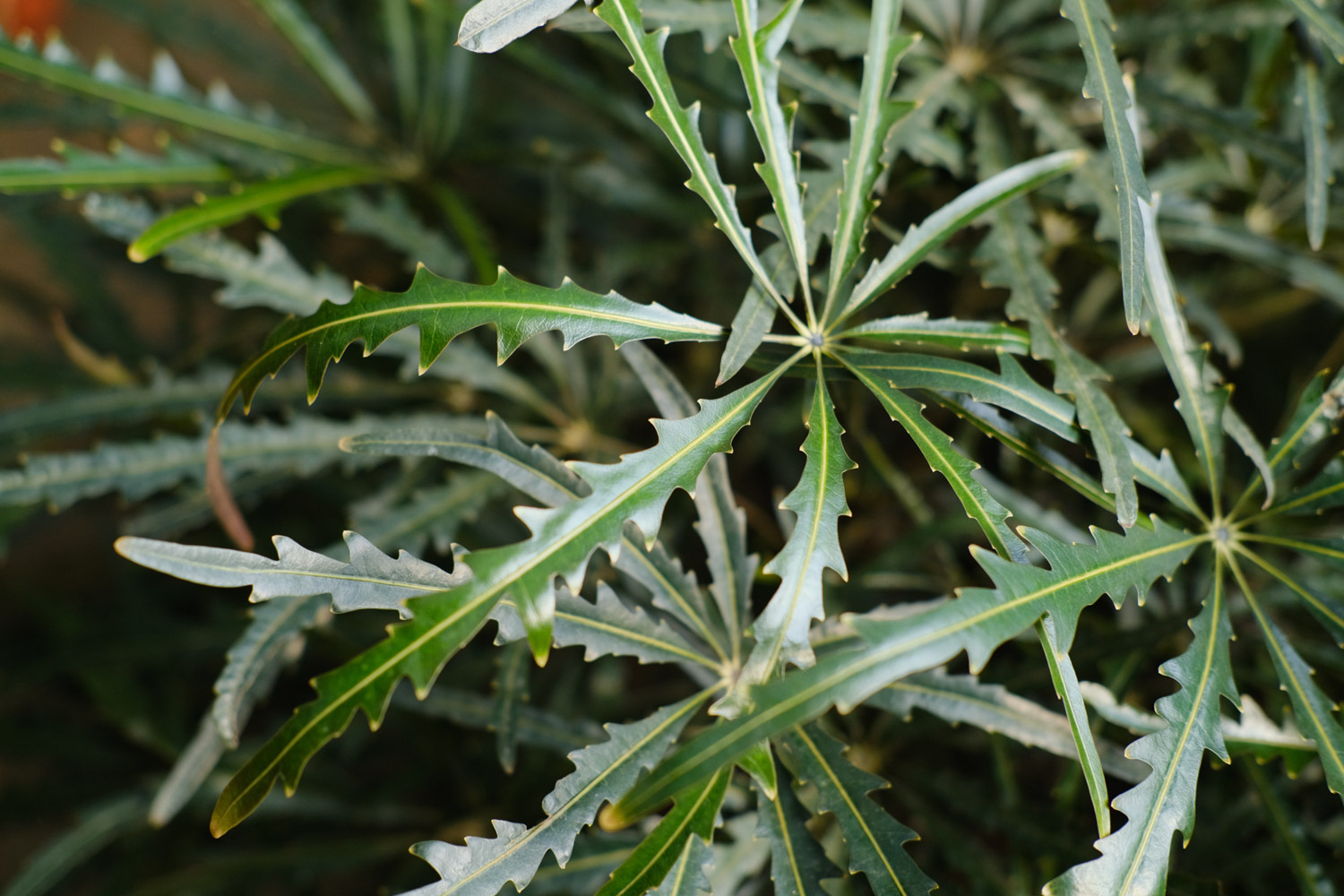
2. Whether it can be raised at home: Yes, it is highly ornamental and has a good moral
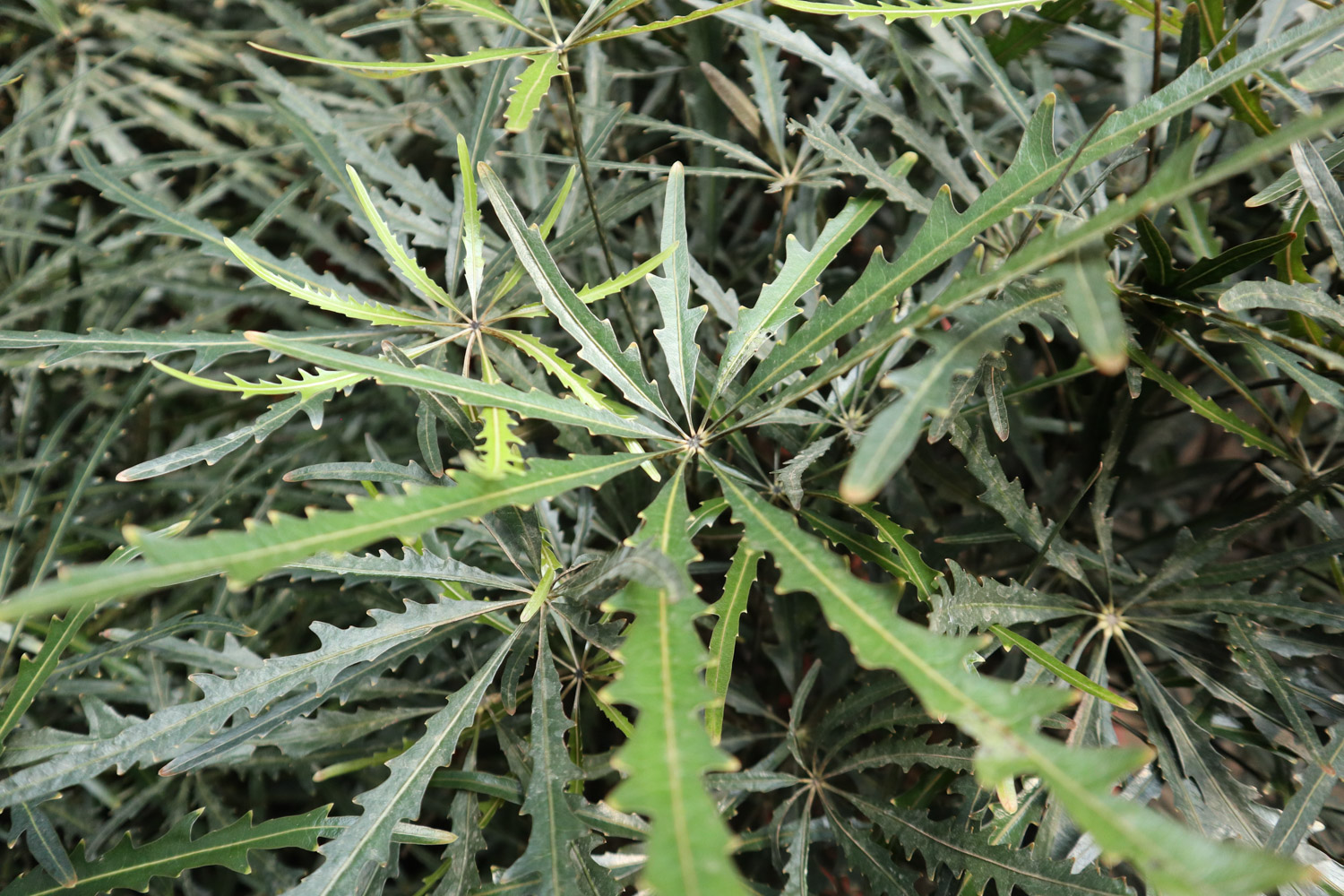

 jackfruit
jackfruit snake plant
snake plant hibiscus
hibiscus hydrangea
hydrangea lavender
lavender Green roses climb al...
Green roses climb al... If you don't pay att...
If you don't pay att... Management of four g...
Management of four g...

































